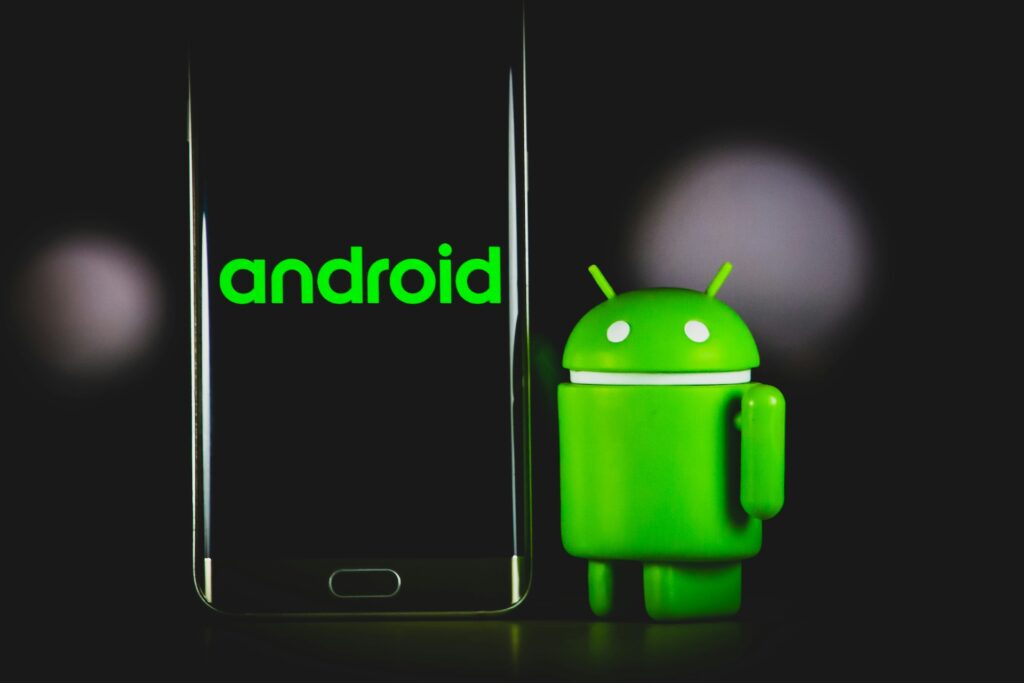Table of Contents

Developing a custom keyboard app for Android is an exciting venture that allows you to bring innovative typing experiences to millions of users. One of the first decisions you’ll face is choosing the best programming language for your project. In this article, we’ll explore the top programming languages for building an Android keyboard app and how the Fleksy SDK can accelerate your development process.
Introduction
The Android platform offers developers the flexibility to create custom keyboard apps, also known as Input Method Editors (IMEs). These apps can range from simple keyboards with basic functionality to complex ones featuring autocorrect, gesture typing, and multilingual support. The programming language you choose will significantly impact your development experience and the app’s performance.
Java: The Traditional Powerhouse
Pros:
- Official Language: Java has been the primary language for Android development since the platform’s inception.
- Extensive Documentation: A wealth of resources, tutorials, and community support is available.
- Stable and Reliable: Proven track record in building robust applications.
Cons:
- Verbosity: Java code can be verbose, leading to longer development times.
- Less Modern Features: Lacks some of the syntactic sugar and features found in newer languages.
When to Choose Java:
If you’re already proficient in Java or working on legacy projects, sticking with Java can be beneficial. Its stability and the abundance of learning materials make it a safe choice.
Kotlin: The Modern Favorite
Pros:
- Officially Supported: Endorsed by Google as an official language for Android development.
- Concise Syntax: Reduces boilerplate code, making development faster and more enjoyable.
- Modern Features: Includes null safety, extension functions, and coroutines for asynchronous programming.
Cons:
- Learning Curve: Requires learning new syntax and concepts if coming from Java.
- Smaller Community: Although growing rapidly, the Kotlin community is smaller than Java’s.
When to Choose Kotlin:
For new projects, Kotlin is highly recommended. Its interoperability with Java and modern language features make it ideal for developing efficient and maintainable code.
C++ with Android NDK
Pros:
- High Performance: Ideal for performance-critical components.
- Cross-Platform: Useful if you’re porting existing C++ codebases.
Cons:
- Complexity: Increased complexity and longer development cycles.
- Limited Use Cases: Overkill for most keyboard app functionalities.
When to Choose C++:
Use C++ if your keyboard app requires intensive computation or you’re integrating with native libraries that demand it.
Dart with Flutter
Pros:
- Cross-Platform Development: Build for both Android and iOS simultaneously.
- Fast Development Cycle: Features like hot reload speed up testing and iteration.
- Customizable UI: Flutter offers a rich set of widgets for building expressive UIs.
Cons:
- Immature Ecosystem for IMEs: Flutter is not primarily designed for keyboard apps, making development more challenging.
- Larger App Size: Flutter apps can have a bigger footprint compared to native apps.
When to Choose Dart:
If you’re aiming for a cross-platform application and are prepared to handle the complexities, Dart with Flutter can be an option.
Why Use the Fleksy SDK
Regardless of the programming language you choose, building a keyboard app from scratch can be time-consuming and complex. This is where the Fleksy SDK comes into play.
Benefits of the Fleksy SDK:
- Accelerated Development: Skip the groundwork and focus on unique features.
- Advanced Functionality: Access to autocorrect, gesture typing, and more out of the box.
- Easy Integration: Compatible with both Java and Kotlin.
- Customization: Highly customizable to match your brand and user experience goals.
- Robust Support: Comprehensive documentation and support from the Fleksy team.
How Fleksy SDK Simplifies Your Project:
By providing pre-built keyboard functionalities, the Fleksy SDK allows you to:
- Reduce Development Time: Implement complex features without starting from scratch.
- Ensure Reliability: Leverage a tested and proven keyboard engine.
- Focus on Innovation: Spend more time on what makes your app unique.
Getting Started with Fleksy SDK:
- Visit the Fleksy SDK Page: Go to the Fleksy SDK website to learn more.
- Sign Up: Register to access the SDK and receive integration support.
- Download the SDK: Get the necessary libraries and tools for your project.
- Follow the Documentation: Utilize guides and tutorials for seamless integration.
- Customize Your Keyboard: Tailor the keyboard’s appearance and features to suit your app.
Conclusion
Choosing the best programming language for your Android keyboard app depends on your project’s requirements and your development team’s expertise. Kotlin emerges as a strong contender for new projects due to its modern features and official support. Java remains a solid choice for those who prefer a tried-and-tested language with extensive resources.
However, building a keyboard app doesn’t have to be a daunting task. By integrating the Fleksy SDK, you can significantly reduce development time and leverage advanced keyboard functionalities effortlessly.
Ready to Transform Your Keyboard App Development?
Accelerate your project and deliver a superior typing experience with the Fleksy SDK. Get started with Fleksy SDK today and bring your innovative keyboard app to life.
